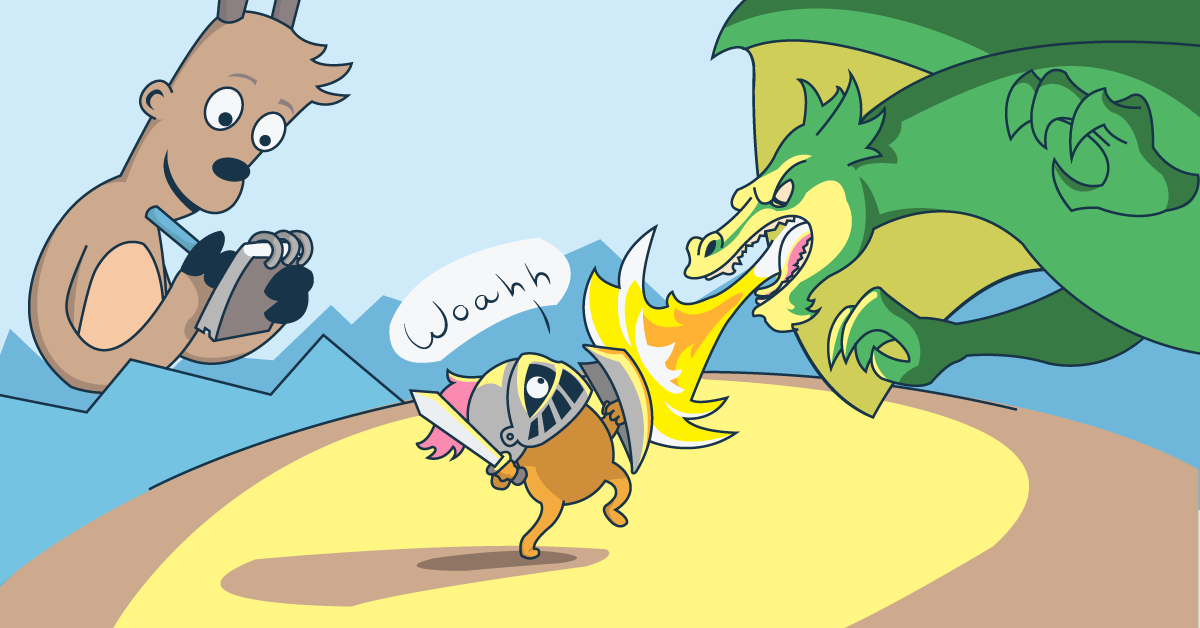Thanks to advances in technology over the last decade, games user research is now able to bring game developers more relevant and useful information than ever before. And with the capability to both see and hear players as they interact with your game, PlaytestCloud has embraced these advances to offer even more insight into a player’s first-time user experience (FTUE).
In giving you the ability to hear players think aloud as they navigate, you receive a full picture of what the FTUE is truly like for your players — including a more authentic report from the players themselves.
Why observing guarantees genuine reactions
As noted by User Behavioristics Founder & Principal, Heather Desurvire, in our deep dive into games user research, “people are terrible at reporting their own experience – unless it's in real-time.” Desurvire goes on to describe why there is such a difference in actual vs. reported behavior, explaining that our preconceived ideas of how we think we did in a task often results in distorted takeaways. Ultimately this means some people will say they did worse than they really did, some will say they did better, and others will say what they think you want to hear — certainly not ideal when you’re looking for genuine reactions.
Instead, PlaytestCloud’s tools allow you to bridge this gap between actual and reported behavior by observing a player's actual behavior and hearing their response at the time of playing. It’s a method that is far more representative of how a player feels about playing a game, and therefore increases the value of players’ answers compared to what you might get in surveys.
Interested? Get a free playtest video of your own game or watch a sample playtest video.
Hearing players means no doubt about problem areas
Being able to see and hear a user as they play means you don’t need to worry about ensuring that survey questions are unbiased. If your survey contains leading questions, it can suggest a way you want the user to think or feel about a game. For example, asking a user to identify something that they didn’t like about your game results in a player thinking negatively about your product. However, simply observing and listening to a user as they interact with your game will give you much better answers to your queries — and it will be an answer that was elicited naturally.
While surveys can give you well-thought-out answers to areas of concern in your games, watching and listening to players enables you to see and hear their raw, unprompted reactions as the game progresses. It’s a great way to receive feedback on areas of the game you may not have considered because the users lead the narrative themselves. And although this naturalistic observation — observing and listening to a player in a natural environment rather than in a controlled space — is fantastic for ironing out issues before launch, it’s equally as helpful for affirming new features and tools as your game evolves over time. And this could come out of playtests from either existing users familiar with your game, or brand new players fresh to the story. In a nutshell: Listening to users as they play guarantees actionable information for you as a designer, and that can be invaluable.
Interested in finding out more?
Here at PlaytestCloud we're always developing new tools to make it easier than ever before to find key insights about the player experience.
Check out our product list in the New to PlaytestCloud FAQs section of our Help Center for more information, or reach out to us directly.


